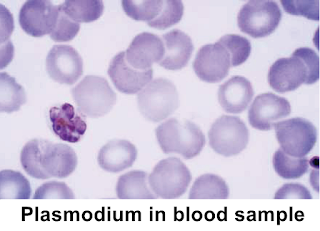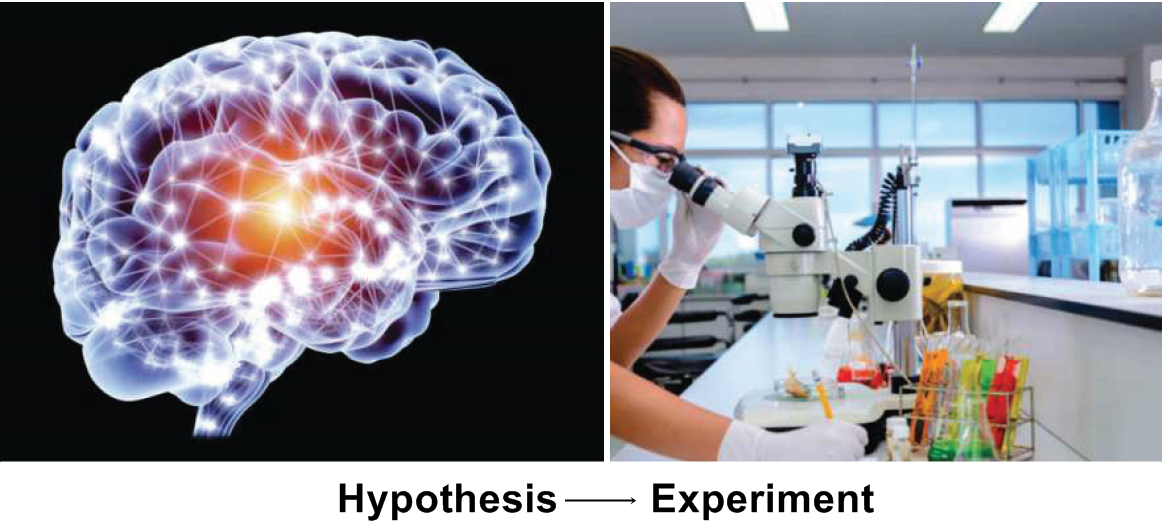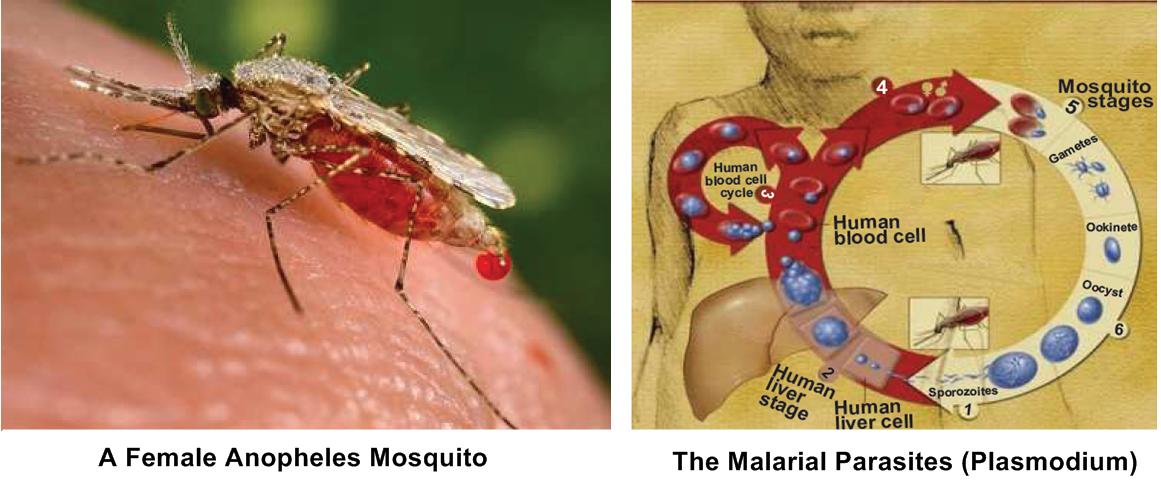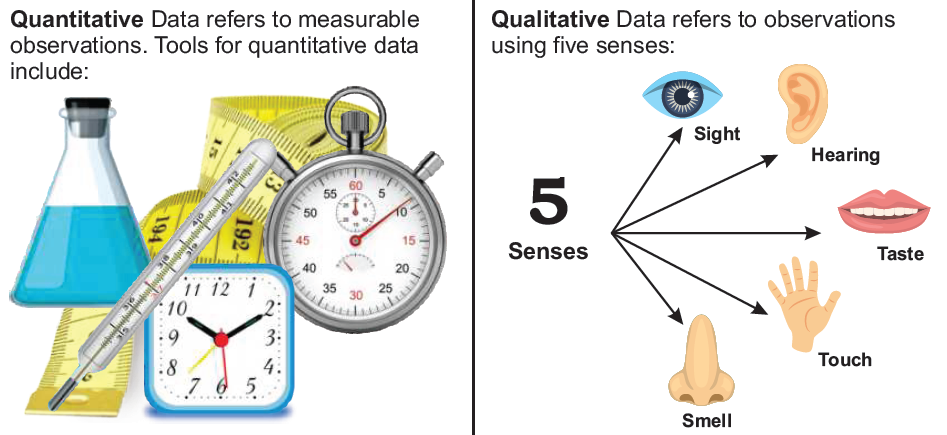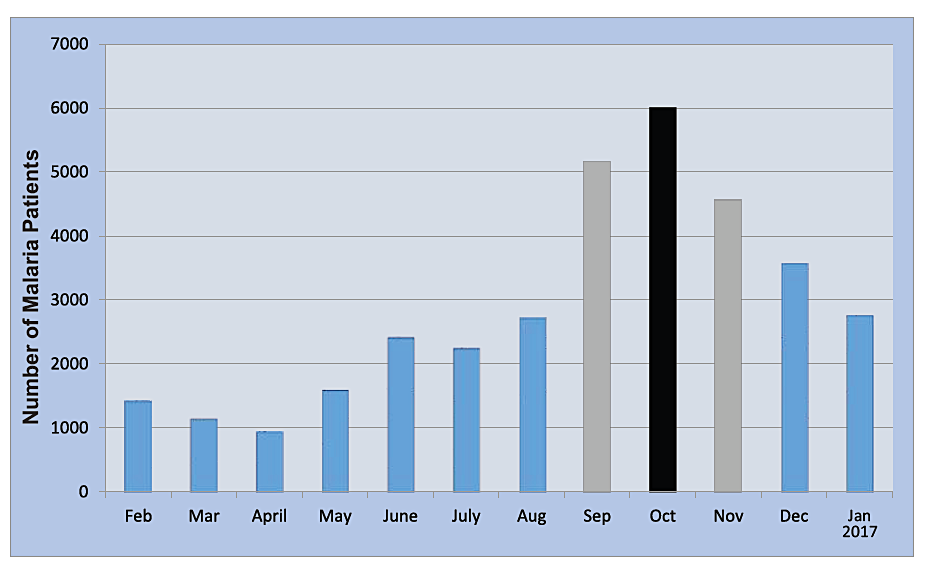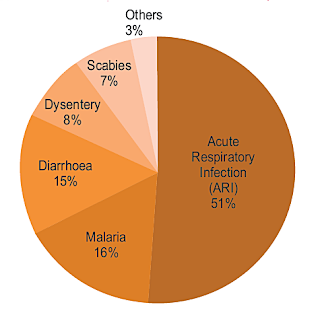Gazi's Diary
Text Book Exercise 8.1 - 8.3
UNIT 8.1 READING COMPREHENSION
Pre-Reading
Work in groups of four and do the following:
1. Share with each other some of the good things that you remember from your childhood. Remember to talk in English. Select one incident from all those shared in the group for sharing with the class.
1. Play out door game and go for cycling in the evening with neighbours
2. On every weekend go to visit Granny (Naani) at their house or called them at home.
3. Arrange party and enjoy movies on CD-player with friends.
4. After dinner, all family members gather in a common room and discuss daily matters.
5. Watering our lawn with grand father.
6. Go for jogging with grand pa (Dada jaan) in the morning.
7. In every summer vacation, go to seaside or some hill stations.
8. On Eid ul adha, go to buy cow or goat with family members and enjoy there alot.
9. On chand raat, (before a day on Eid ul fitr) go for buy mehndi and bangles.
2. Discuss some of the issues that Pakistan is facing due to water shortage and what should the citizens do, what steps should the government take to solve this problem. Fill the information in the following table. After filling the table, decide which problem and solution your group would like to share with the class.
| S.NO. | Problem | Solution | Responsibility |
|---|
| 1. | Lack of water for irrigation | Make canal and channels near the agriculture land and use modern technology to save water | Prevent environment from pollution |
| 2. | Lack of drinking water | Build plants to save rain water and improve water supply management | Save water whenever possible. |
| 3. | Hygienic and sanitary issue | Improve sewage system and recycle clean water. | Prevent illegal dumping and industries should avoid to dispose their wastage in lakes and rivers. |
| 4. | Shortage of electricity production | Build more dams, barrages and water reservoirs to save water from rain | Avoid wasting power and energy |
| 5. | Drought land cause migration | Cloud seeding to save land from drought | Supply water in such areas by different means |
While Reading
Exercise 1:
Read the diary entries quickly and find out information for filling the following table. One entry is narrative and the other is descriptive. After filling the table, discuss with your partner.
| Item | Day | Date |
Topic | Place
Mentioned | No. of
Paragraphs | Type of
Text |
|---|
| Entry 1 | Wednesday | 10/04/2015 | Village life | Karachi |
7 | Narrative |
| Entry 2 | Friday | 04/08/2017 | Storage of water | Sukkur, Jacobabad, Kalat | 8 | Descriptive |
Vocabulary
Exercise 2:
The words in the box have been taken from the text. Find them in the reading text and underline them.
Discuss the possible meanings of these words with your partner. Next, check the meanings given in the glossary at the end of the book.
Words / Meanings
Entry 1
| S.NO. | Words | Meanings |
|---|
| 1. | Access | Approach OR Be within reach for use. |
| 2. | Commuting | Travelling from one place to another. |
| 3. | Compromised | Adversely affected. |
| 4. | Credit | Money available for a client to borrow OR Sell something for which the buyer pays later. |
| 5. | Desperately | Gravely, Critically OR Very much. |
| 6. | Devices | Gadgets, Appliances OR Things used for a particular purpose |
| 7. | Distanced | Went far ahead of OR Taken away. |
| 8. | Gossips | Little talks OR Stories about other people's lives. |
| 9. | Replaced | Took the place of OR Taken the place of. |
| 10. | Siblings | Brothers or sisters |
Entry 2
| S.NO. | Words | Meanings |
|---|
| 1. | Capture | Catch, Seize OR Get control over something. |
| 2. | Devastation | Great destruction or damage |
| 3. | Havoc | Widespread destruction OR Great damage or destruction |
| 4. | Irrigation | The supply of water to land OR Supplying water for the growth of crops. |
| 5. | Release | Set free OR Let go |
| 6. | Retain | Keep OR Hold back. |
| 7. | Self-sufficient | Needing no outside help in satisfying one's basic needs OR Have enough to meet one's needs. |
| 8. | Structures | Make up , Arrangement of parts OR Things made of several parts. |
| 9. | Surplus | Excess, Extra OR More than the amount needed. |
| 10. | Tamed | Domesticated, Subdued OR Made easy to control. |
Sentences
Entry 1
| S.NO. | Words | Sentences |
|---|
| 1. | Access | The only access to the city is across the bridge. OR She couldn't have access to the internet because she did not have computer. |
| 2. | Commuting | He spent that year commuting between Karachi and Islamabad. |
| 3. | Compromised | Sana quickly compromised and accepted the new work schedule. OR They compromised by going to the shopping mall. |
| 4. | Credit | He was charged with credit card fraud. OR This store does not give credit. |
| 5. | Desperately | The doctors tried desperately to save her life. OR He desperately needed money. |
| 6. | Devices | Modern devices facilitate domestic work. OR Many electronic appliances are time saving devices in daily life. |
| 7. | Distanced | He distanced himself from the actions of the illegal group. OR |
| 8. | Gossips | She always gossips and arouses conflict. OR They had long gossips together, and were endlessly confidential. |
| 9. | Replaced | The factory replaced most of its workers with robots. OR The building will be replaced, most probably by a modern sports centre. |
| 10. | Siblings | I have four siblings, three brothers and a sister. OR I and my siblings have studied from the same school. |
Entry 2
| S.NO. | Words | Sentences |
|---|
| 1. | Capture | His paintings capture the essence of Egypt. OR He has captured a beautiful sunset scene over a lake in his camera. |
| 2. | Devastation | An earthquake has left behid it a widespread devastation. |
| 3. | Havoc | Violent storms caused terrible havoc on the city. |
| 4. | Irrigation | Irrigation is impotant for farming. |
| 5. | Release | Police arrested several men in murder case, innocent were later released after investigation. OR PTV announced the release of the all season of Urdu dubbed Ertugrul Ghazi on social media. |
| 6. | Retain | He managed to retain his dignity throughout the performance. |
| 7. | Self-sufficient | Pakistan is self-sufficient in rice and wheat production. |
| 8. | Structures | The Burj ul Khalifa is one of the tallest free standing structure in the world. |
| 9. | Surplus | Pakistan exports rice and cotton because these crops grow surplus in our country. |
| 10. | Tamed | Lions can never be completely tamed and trained. |
Exercise 3:
Work in pairs and write two paragraphs. Use at least five words from Entry 1 to write one paragraph,and five words from Entry 2 to write the second paragraph.
Ans:
Exercise 4:
The following sentences are summary of each paragraph of the two entries. Read the text and in the blanks provided, write the number of the paragraph to which each sentence is related. One has been done as an example.
Entry 1:
a. There were no roads and no vehicles.
4
b. The modern lifestyle has affected our health and our relationships.
7
c. I miss the simple village life.
1
d. Men met and discussed things at the Otaq and women at the village well.
6
e. Three families lived in three rooms.
2
f. The houses were not made of cement.
3
g. People bought things from small shops.
5
Entry 2:
a. One of the barrages in Pakistan is the Guddu Barrage.
5
b. Construction of more barrages is an important need of Pakistan today.
8
c. The Guddu barrage irrigates land in two provinces.
6
d. Rivers has always been important for travel and for growing crops.
2
e. The flow of water is controlled through gates in a barrage.
4
f. Many different people worked to complete the Guddu barrage.
7
g. A way was found to store extra water for later use.
3
h. Rains cause rivers to overflow, leading to flood.
1
Exercise 5:
How was the village life of the past different from the city life of today, as given in the text? Complete the following table to
show the difference.
Work in pairs and do this exercise in your notebook.
| S.NO. | Items | Village life
60 years ago | City life
today |
|---|
| 1. | Houses | simple mud houses | made of cement with all facilities |
| 2. | Roads/ Streets | no road or streets - narrow mud lanes | wide and lighted roads and streets |
| 3. | Mode of travel | Walking | motorbikes, cars etc |
| 4. | Atmosphere | clean and pollution free | Polluted |
| 5. | Shops/ Markets | small shops with less items | big shops and supermarket with variety of goods |
| 6. | Buying from shops | cash or mostly on credit | cash or credit or debit cards |
| 7. | Source of news | Village Otaq or well | television, whatsapp, facebook etc. |
| 8. | Information about people | Village Otaq or well | television, youtube, facebook etc. |
| 9. | Source of entertainment | Village Otaq or well | television, youtube, facebook etc. |
| 10. | Communicating with people | face to face | phone, sms, whatsapp etc. |
Exercise 6:
Complete the following sentences in your notebook. After you have completed, discuss your answers with your partner and make changes, if needed.
a. Very few people had knee problems in the village because
Ans: village people of all ages sat on the floor, which exercised their knees.
b. The people in the village did not need vehicles because
Ans: they just walked.
c. People could buy things from the shops without money as
Ans: village shopkeepers knew everyone by name and were usually willing to give goods on credit.
d. When the men met at the Otaq in the evening they
Ans: spent their free time, shared news and gossips, laughed at jokes, talked about weather, crops and the village.
e. The writer wanted a time machine so that
Ans: he could go back sixty years, back to his life in the village.
f. Rivers have always been important for two reasons:
Ans:
-
They were used as trade routes.
-
They have been important for growing food.
g. The main purpose of barrages is
Ans: to block the flow of water and store it for later use.
h. The Guddu barrage has made a difference in this region by
Ans: eliminating the damage caused by floods in the area.
i. Pakistan needs more barrages to
Ans: control flooding during the rainy season and to supply water throughout the year.
j. Through proper water management we can
Ans: grow surplus food items which can then export and earn foreign exchange.
Exercise 7:
Read the text and answer the following questions in your notebook. After you have completed, discuss your answers with your partner.
a. What are the things that the writer was missing?
Ans: The writer was missing his village, the simple, mud house that he lived in, the simple toys that gave him so much pleasure, and the simple, carefree people amongst whom we lived.
b. Why did the lanes in the village become slippery in the rainy season?
Ans: Village did not have roads or streets; there were just narrow lanes covered with mud, so they became very slippery in the rainy season.
c. Is the writer happy with his present life? Why? Why not?
Ans: No, the writer is not happy with his present life because he feels that luxurious life style of city people has compromised their health. The availability of devices has distanced them from people. The access to technology has replaced the human touch. So, he prefer his village life and wish for a time machine to take him back to his simple life, simple people, simple interests, and simple wants and needs.
d. Why do most parts of Pakistan have flood problem in summer?
Ans: In Pakistan, floods create havoc when rivers over flow their banks during the monsoon season, because there is no proper management to store excess rain water. The population is dense and most of the population is inhabited near rivers.
e. Why did people start building barrages?
Ans: Rivers flood during the rainy season and run dry or have very little water sometime after the rains. So, there is one way that people started building barrages to capture and retain the rain water for later use and to prevent it from flooding.
f. Do you agree / think that we should build bridges? Why? Why not?
Ans: Bridges are very useful for transportation but in the current situation we need more barrages to overcome the water shortage. By building barrages to hold or retain rain water in monsoon or rainy season, floods can be avoided and retained water can be used throughout the year for growing food. By doing so, we will take the country towards development. I think we should build more barrages than bridges.
UNIT 8.3 LANGUAGE PRACTICE
Degrees of adverbs:-
Adverbs often tell us how an action was done.
-
Like adjectives, adverbs also have three degrees, positive, comparative and superlative.
-
One syllable adverbs usually take -er to form the comparative degree and -est to form the superlative degree. (e.g. high — higher — highest).
-
The adverbs that have two or more syllables usually form the comparative degree with 'more' and the superlative degree with 'most'. (e.g. smoothly — more smoothly — most smoothly).
-
Adverbs can have irregular degrees also (e.g. badly — worse — worst)
Exercise 1:
Complete the following table by adding the missing degree of adverbs. After you have completed, compare your answers with your partner.
| S.NO. | Positive | Comparative | Superlative |
|---|
| 1. | angrily | more angrily | most angrily |
| 2. | bravely | more bravely | most bravely |
| 3. | carefully | more carefully | most carefully |
| 4. | comfortably | more comfortably | most comfortably |
| 5. | early | earlier | earliest |
| 6. | easily | more easily | most easily |
| 7. | loudly | more loudly | most loudly |
| 8. | fast | faster | fastest |
| 9. | gently | more gently | most gently |
| 10. | most happily | more most happily | most happily |
| 11. | hard | harder | hardest |
| 12. | probably | more probably | most probably |
| 13. | long | longer | longest |
| 14. | far | farther | farthest |
| 15. | noisily | more noisily | most noisily |
| 16. | high | higher | highest |
| 17. | quickly | more quickly | most quickly |
| 18. | skillfully | more skillfully | most skillfully |
| 19. | truthfully | more truthfully | most truthfully |
| 20. | well | better | best |
Exercise 2:
Fill the following blanks with the correct degree of adverb. Select an adverb from the list in Exercise 1. You can use one adverb only once. Discuss your answers with your partner, after both of you have completed, and make changes where needed.
1. My uncle went the
farthest from his home during the recent floods.
2. Let's see who runs the
fastest in the race.
3. The workers protested
angrily at getting low salaries, as compared to long working hours and shorter breaks.
4. The Bolan Express is the
earliest train you can take, the rest leave after 10 o'clock.
5. The drivers from Germany drove their cars
more carefully than those from Japan.
6. Salim climbed
higher than Fazal but Hanif climbed the
highest.
7. As compared to the soldiers in the first and middle rows, the soldiers in the last row fought the enemy
more bravely.
8. Saima answered
more quickly than her friends.
9. Newborn babies should be handled
more gently than all other age groups.
10. My father was sitting
comfortably in his chair and enjoying the talk show on TV.
Exercise 3:
Work in pairs and orally complete the following passage using the correct degree of the adverbs given below. You can use each adverb only once. After you have discussed it orally, write the complete passage in your notebook, underlining all the adverbs.
well, probably, easily, loudly, happily, quickly, long, hard, carefully, noisily
The teacher had to shout
loudly the second time, before the students settled down. The reason why the students were working
was noisily because they wanted more time to do the work. The teacher said that the student who finishes the
most quickly would get two extra marks. Salim wanted to perform
better than his friends because he wanted to get the scholarship. He had worked
hard for his English paper and wanted to be able to do the paper
more easily than he had been able to do in the previous test. He read each section
carefully to avoid silly mistakes. He knew that he would
probably finish well in time to be able to edit his work. He worked the
longest on the writing section because he wanted to write a good essay. He submitted his paper
happily when the teacher announced that the time was up.
Quotation Marks: Further Practice
In writing, words that are actually used by speakers are put in quotation marks. They are put in before the first word spoken and after the last spoken word. They are always put in after the quotation mark. The spoken words can be at the beginning, in the middle, or at the end. Look at the example below:
-
"Have you finished your homework, Zahid?" asked his mother.
-
"I can do my work later," replied Zahid.
-
His father said, "You will not be allowed to go out until you finish your homework," and went out of the room.
-
Zahid was upset but he said, "Okay, I will finish my homework and then go."
Exercise 4:
In the following exercise, the quotation marks are missing. Write down these sentences in your notebook by putting in the quotation marks. After you have completed, share your work with your partner.
1. We are going to be late for school, Amjad, said his sister.
Ans:
"We are going to be late for school, Amjad
", said his sister.
2. The students stood up and said, Good morning, teacher.
Ans: The students stood up and said,
"Good morning, teacher.
"
3. The cleaner said, I have cleaned your yard, and then he went away.
Ans: The cleaner said,
"I have cleaned your yard
", and then he went away.
4. The small child was crying, and kept saying, Where is my mother?
Ans: The small child was crying, and kept saying,
"Where is my mother?
"
5. Come on in, children, said the gatekeeper, I am going to close the gate.
Ans:
"Come on in, children
", said the gatekeeper,
"I am going to close the gate.
"
6. All the people were shouting, Pakistan Zindabad! We have won the match!
Ans: All the people were shouting,
"Pakistan Zindabad! We have won the match!
"
7. I have lost my car keys, said the old man. How can I start my car now?
Ans:
"I have lost my car keys
", said the old man.
"How can I start my car now?
"
8. Be careful! There are many bees flying here. They may bite you, said Zahra.
Ans:
"Be careful! There are many bees flying here. They may bite you
", said Zahra.
Exercise 5:
Work in pairs and insert quotation marks, capital letters, full stops and commas In the following story, where required. Rewrite the complete story, with all the above additions, in your notebook. The first paragraph has all the punctuation marks.
Frogs
Once upon a time there was a bunch of tiny frogs who arranged a running competition. The goal was to reach the top of a very high tower. A big crowd had gathered around the tower to see the race and cheer on the contestants.
the race began no one in the crowd really believed that the tiny frogs would reach the top of the tower one person said oh way too difficult!
another one said they will never make it to the top
not a chance that they will succeed said an old man the tower is too high!
the tiny frogs began collapsing one by one however some of them kept their spirits high and continued climbing higher and
higher the crowd continued to yell it is too difficult! no one will make it!
more tiny frogs got tired and gave up but one frog continued to climb higher and higher and higher this one wouldn't give up.
at the end everyone else had given up climbing the tower except for the one tiny frog who after a big effort was the only one who reached the top then all of the other tiny frogs asked each other how did this one frog manage to do it
a contestant asked the tiny frog how did you find the strength to reach the goal
it turned out that the winner was deaf!
the wisdom of this story is: never listen to other people when they are being negative or pessimistic because they take away your most wonderful dreams from you
always remember that words have power and everything you hear and read will affect your actions therefore always be positive have positive friends and listen only to positive people above all be deaf when people tell you what you can do and what you cannot do believe in yourself and always say with God's help I can do this.
Ans: Frogs
Once upon a
time, there was a bunch of tiny frogs who arranged a running competition. The goal was to reach the top of a very high tower. A big crowd had gathered around the tower to see the race and cheer on the contestants.
The race
began. No one in the crowd really believed that the tiny frogs would reach the top of the
tower. One person
said, "Oh! way too difficult
!"
Another one
said, "They will never make it to the
top."
"Not a chance that they will
succeed", said an old
man. "The tower is too high
!"
The tiny frogs began collapsing one by
one. However, some of them kept their spirits high and continued climbing higher and
higher. The crowd continued to
yell, "It is too difficult! no one will make it
!"
More tiny frogs got tired and gave up but one frog continued to climb higher and higher and
higher. This one wouldn't give up.
At the
end, everyone else had given up climbing the tower except for the one tiny frog who after a big effort was the only one who reached the
top. Then all of the other tiny frogs asked each
other, "How did this one frog manage to do
it?"
A contestant asked the tiny
frog, "How did you find the strength to reach the
goal?"
It turned out that the winner was deaf!
The wisdom of this story is: never listen to other people when they are being negative or pessimistic because they take away your most wonderful dreams from
you.
Always remember that words have power and everything you hear and read will affect your
actions. Therefore, always be positive have positive
friends, and listen only to positive
people. Above all be deaf when people tell you what you can do and what you cannot
do. Believe in yourself and always
say, "With God's
help, I can do
this."
Suffixes: Additional Practice
We sometimes add a pair or group of alphabets at the end of a word to add something to the meaning of a word. These are called suffixes. We can use suffixes to make many new words, for example, adjectives.
Examples:-
fashion+able = fashionable
-
laugh+able = laughable
-
noise+less = noiseless
-
power+less = powerless
Exercise 6:
A. Fill the blanks in the following exercise with adjectives formed by using the suffix 'able' with the appropriate given words.
punish, comfort, cure, move, wash
1. We needed space to do our project work so we moved all the
movable furniture to one side.
2. When travelling, we should try and
washable take easily clothes with us.
3. This is a very
comfortable chair.
4. Non-payment of taxes is a
punishable crime.
5. We can recover from
curable diseases quickly if we go to the doctor.
B. Fill the blanks in the following exercise by using the suffix 'less' with the appropriate given words.
use, bone, home, taste, job
1. This food is
tasteless as compared to the food we had yesterday.
2. I asked my mother to buy
boneless chicken for the new dish that I wanted to try.
3. This fellow is
useless as far as work is concerned.
4. Finally, I have found work after being
jobless for six months.
5. Many
homeless people sleep on the footpaths.


